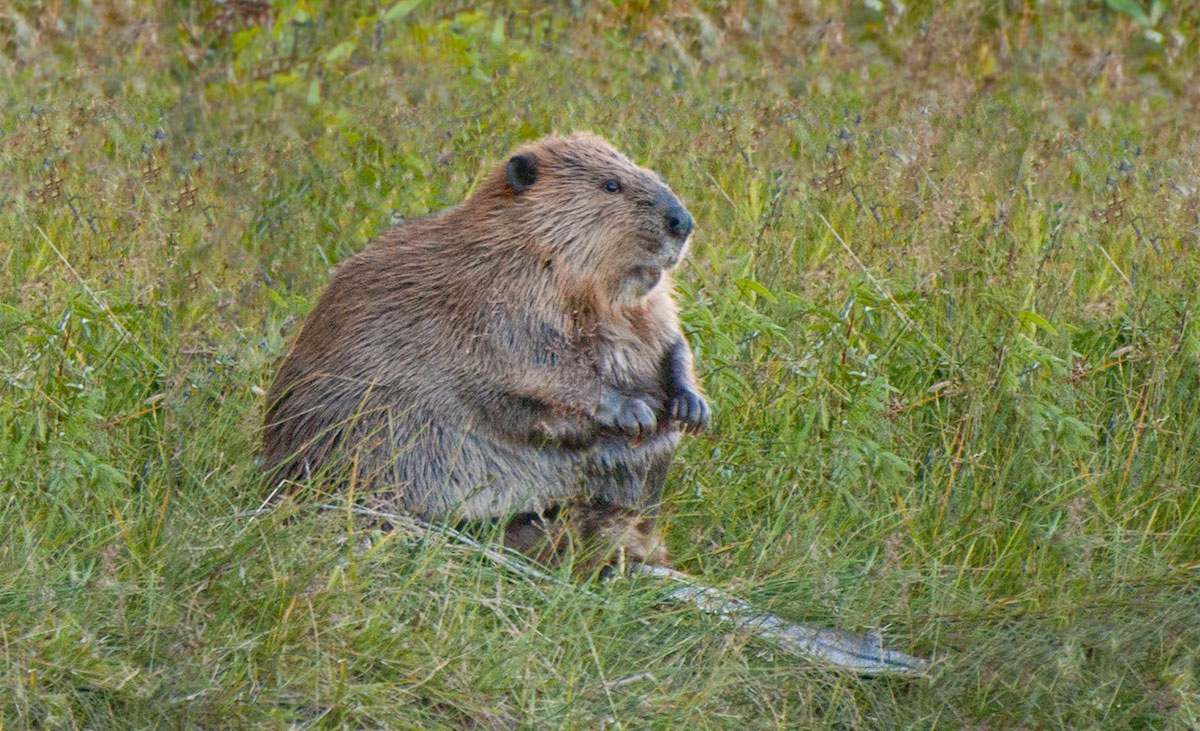
Photo: Sheila Newenham
Learn more about beavers in Illinois in OutdoorIllinois Journal:
Understanding the Movement and Space Use of Beavers in Southern Illinois
By controlling water levels, beavers inadvertently create wetlands and other habitat. Besides providing themselves with a home, beavers create habitat for fish, other mammals, reptiles and amphibians, waterfowl, and shorebirds. Beaver colonies and their dams should be tolerated wherever possible.
Beavers are the largest rodent in Illinois, reaching lengths of 3 to 3½ feet and weighing 25 to 60 pounds depending on the age, gender, and condition of the individual. There are records of beavers reaching 80 to 90 pounds.
Beavers’ stout bodies are covered with reddish-brown to blackish fur except for the broad, dorsally flattened tail, which is covered with dark, leathery scales. The hind legs are longer than the front legs, and there are five clawed toes on each foot. The hind feet are webbed to help the beaver maneuver in water. Beavers have small eyes and ears, and the nose has valves that close when the beaver is under water. The large orange-red incisors allow the beaver to chew through wood.
Beaver tracks are found near water. Their large webbed feet leave distinct tracks, but the tracks are often obscured by the drag marks of the tail.
Beaver droppings are hard to find since they defecate in the water. Consisting of mostly wood fiber, the droppings disintegrate quickly in water.
Downed trees or stumps with the characteristic chew marks of beaver, trails from the water to feeding areas, lodges, and dams are all signs that beavers have been in the area.
Beavers were becoming rare in Illinois by the mid-1800s due to heavy trapping pressure. Beavers are thought to have been eliminated from the state by the early 1900s. Reintroductions occurred in the late 1920s throughout the early 1950s. Beavers from adjacent states also likely recolonized some areas. By the mid-1950s, beavers were reestablished in half of the counties in Illinois. Today they are common throughout the state.
Beavers are nocturnal (active at night), but they may be seen during the day in late summer and fall when they are busy preparing for winter.
Beavers are mainly aquatic animals, coming on land only to find food or when traveling overland to find a new territory. They are well known for their ability to build dams, canals, and lodges, though most in Illinois live in burrows. They typically live in colonies consisting of a male, a female, the young from the previous year, and the kits of the current year.
Beavers usually cut small trees less than eight inches in diameter, but they are capable of cutting down trees over five feet in diameter. Since beavers do not hibernate, they must cache (store) food for the winter.
When alarmed, beavers slap their tails against the water to warn nearby beavers. They can be quite aggressive if cornered.
While beaver dam building can cause problems for people, this behavior plays an incredibly important role in proper ecosystem functioning. By controlling water levels, beavers create wetlands and other habitat which creates homes for fish, other mammals, reptiles and amphibians, waterfowl, and shorebirds. Beaver colonies and their dams should be tolerated wherever possible.
Beavers are susceptible to tularemia, a bacterial disease that is fatal to beavers. This disease is transmittable to humans through tick bites or through contact with infected animals or contaminated water. Water sources can become contaminated by infected individuals defecating in the water or when infected animals die in the water. Symptoms in people are similar to that of the flu. Tularemia can be treated with antibiotics. Beavers can also be carriers of Giardia. Do not drink water where beavers are present.
Beavers can be found living in streams, rivers, ponds, lakes, drainage ditches, canals, and backwater embayments. Most beavers in Illinois live in burrows rather than lodges. They excavate burrows into the banks of waterways and enter the burrow through entrances under water. The resting areas and nest of the burrow are excavated above the water line.
Where the water is deep enough and there are enough trees for building, beavers build a lodge constructed of small tree trunks, limbs, and sticks that are held together with mud. The lodge may be built as part of the dam, but if water levels are sufficient the beavers just build a lodge. Dams are used to control water depth to ensure that the entrances to the beaver burrow or lodge are kept underwater.
It is common for beavers to stay within a half mile of an established burrow or lodge. However, males often travel farther to find mates, and young may need to travel several miles to find a place to establish a territory.
Beavers are herbivores (eat plant material). The types of plants they eat depend on what plant species are available in the local habitat. Beavers are known to eat willow, river birch, maple, cottonwood, sweet gum, black cherry, tulip poplar, dogwood, beech, and oak. They also eat aquatic plants such as water lilies, duckweed, and cattails. On land they will consume grasses, sedges, clovers, and corn.
Herbaceous plants are important sources of food during the summer months. Beavers depend on woody species for survival during the winter months. In the late summer and fall, they collect small trees and limbs and cache them underwater near the entrance to their burrow or lodge.
Beavers begin breeding when they are three years old and are generally monogamous. Breeding occurs in late winter. Gestation is 105 to 107 days, and the young are born April to June. The female has one litter of three to five kits each year. The male leaves the burrow or lodge for the first month or two of the kits lives, and the female cares for them alone. The kits are born with fur and their eyes are open. While capable of swimming when very young, the kits do not typically leave the burrow or lodge until they are about a month old. They can sometimes be seen riding around on the female’s back. The kits are weaned around two months of age. The male returns around this time, and the kits stay with the adults for over a year.
Population Ecology of Beavers in Illinois presents the results of a study of beaver ecology in central and southern Illinois.
Beavers are relatively long-lived, with an average lifespan of seven to 10 years. Researchers have documented individuals over 20 years old. Adults have few predators besides coyotes, dogs, and people. Vehicles can be a source of mortality when beavers cross land between wetlands or in search of a new water source. Young beavers are most often killed by flooding and by minks.
Beaver can cause quite a bit of damage to property, including cutting down valuable trees, damaging corn fields, damming drainage ditches, and causing flooding. Once a beaver colony is established, it is very difficult to control, as it is time-consuming to trap all the animals in the colony and remove the dam(s).
Modifying a habitat to make it inhospitable to beavers typically requires major alterations to the landscape and is not usually a feasible option. Destroying the beaver dam is sometimes recommended, but this is usually ineffective since the beavers will work quickly to rebuild. Successful control of beaver damage has been reported by installing a Clemson beaver pond leveler or a similar device. The leveler lowers the water level and can reduce flooding in areas where beavers are desirable.
To protect individual trees, use hardware cloth or another metal barrier. The wire should be installed from the base of the tree up to the expected snow height or the height of the expected seasonal floodwaters. Fencing can be used to exclude beavers from blocking up small areas such as culverts or drainpipes or placed along the banks of streams and ponds to restrict access to trees.
Beavers may be trapped by licensed sportsmen or sportswomen with a valid permit issued by the Illinois Department of Natural Resources. Trapping season dates and regulations can be found in the Illinois Digest of Hunting and Trapping Regulations. The Illinois Trapper Education Manual provides guidance on the best management practices for trapping beaver, with trap size recommendations for beavers found on page 90; see TrapperEducationManual.
Licensed nuisance wildlife control operators with experience trapping beavers can be hired to remove beavers. In some cases, beaver damage control requires trapping and removing the beaver colony. Keep in mind that if no habitat alteration is done, it is likely that a new colony of beavers will eventually move into the area.
Beavers may also be removed under a nuisance animal removal permit if an Illinois Department of Natural Resources district wildlife biologist issues a permit. Your local district wildlife biologist can provide options for resolving problems with beavers, including issuance of a nuisance animal removal permit.
Recreational fur-trapping is the preferred method to deal with nuisance beaver issues. Trapping can help control the local population of animals and, in some cases, reduce the number of nuisance complaints and the damage that some species can cause. The Illinois Department of Natural Resources offers a lengthy trapping season (3 months, in some cases 4.5 months). Legal trapping can occur 100 yards from an occupied dwelling without permission of the occupants, closer with permission as long as there are no municipal ordinances that prohibit trapping.
Click HERE for more information from USDA-APHIS-Wildlife Services about dealing with beaver damage.
In Illinois, beaver are protected as furbearers. A trapping license is needed before attempting to harvest a beaver. Beavers may also be removed under authority of a nuisance animal removal permit if an Illinois Department of Natural Resources district wildlife biologist determines the beavers are causing damage to property or threatening human health or safety. Your local district wildlife biologist can provide options for resolving problems with beavers, including issuance of a nuisance animal removal permit.
Beaver may be trapped from mid-November through March. There is no limit to the number of beavers an individual with a trapping license may take during the season. The Illinois Digest of Hunting and Trapping Regulations provides full trapping regulations.
Illinois Department of Natural Resources biologists monitor the number of beavers in Illinois to ensure that trapping does not negatively impact the population.
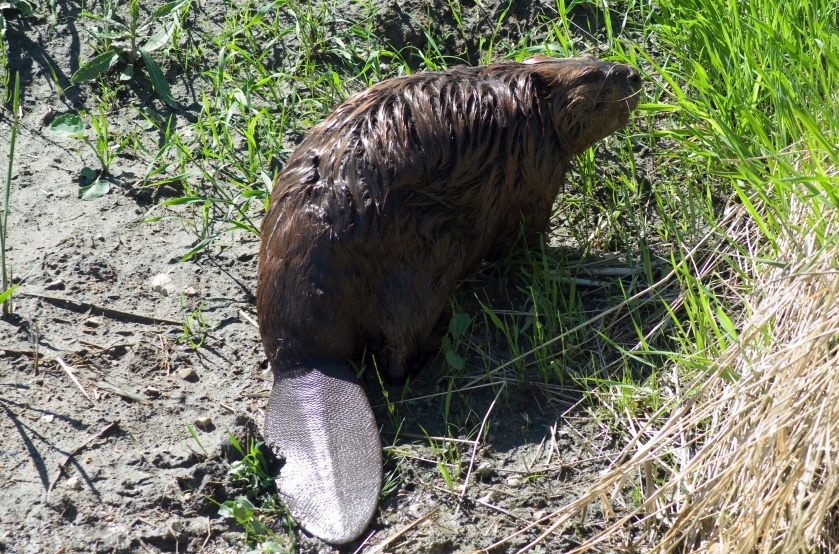
Photo: Illinois Department of Natural Resources
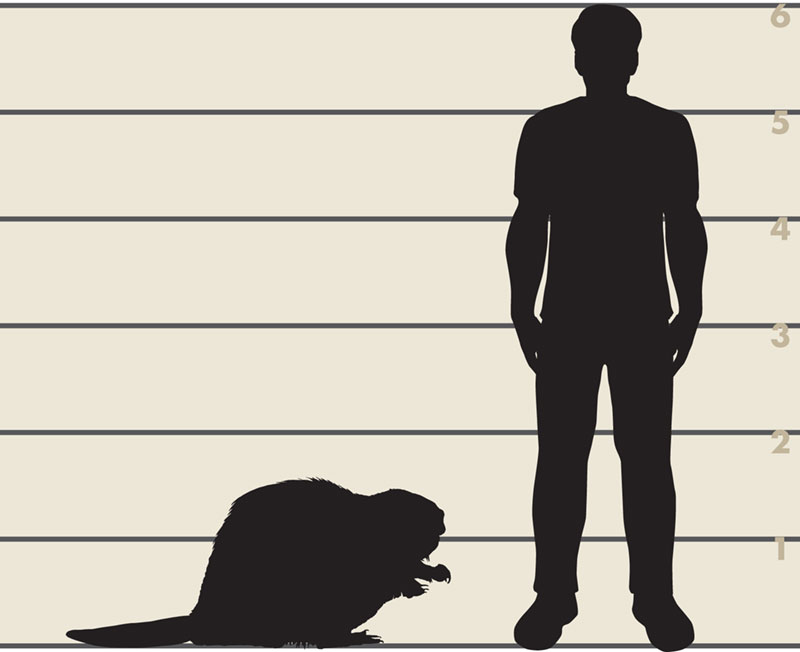
Illustrator: Lynn Smith
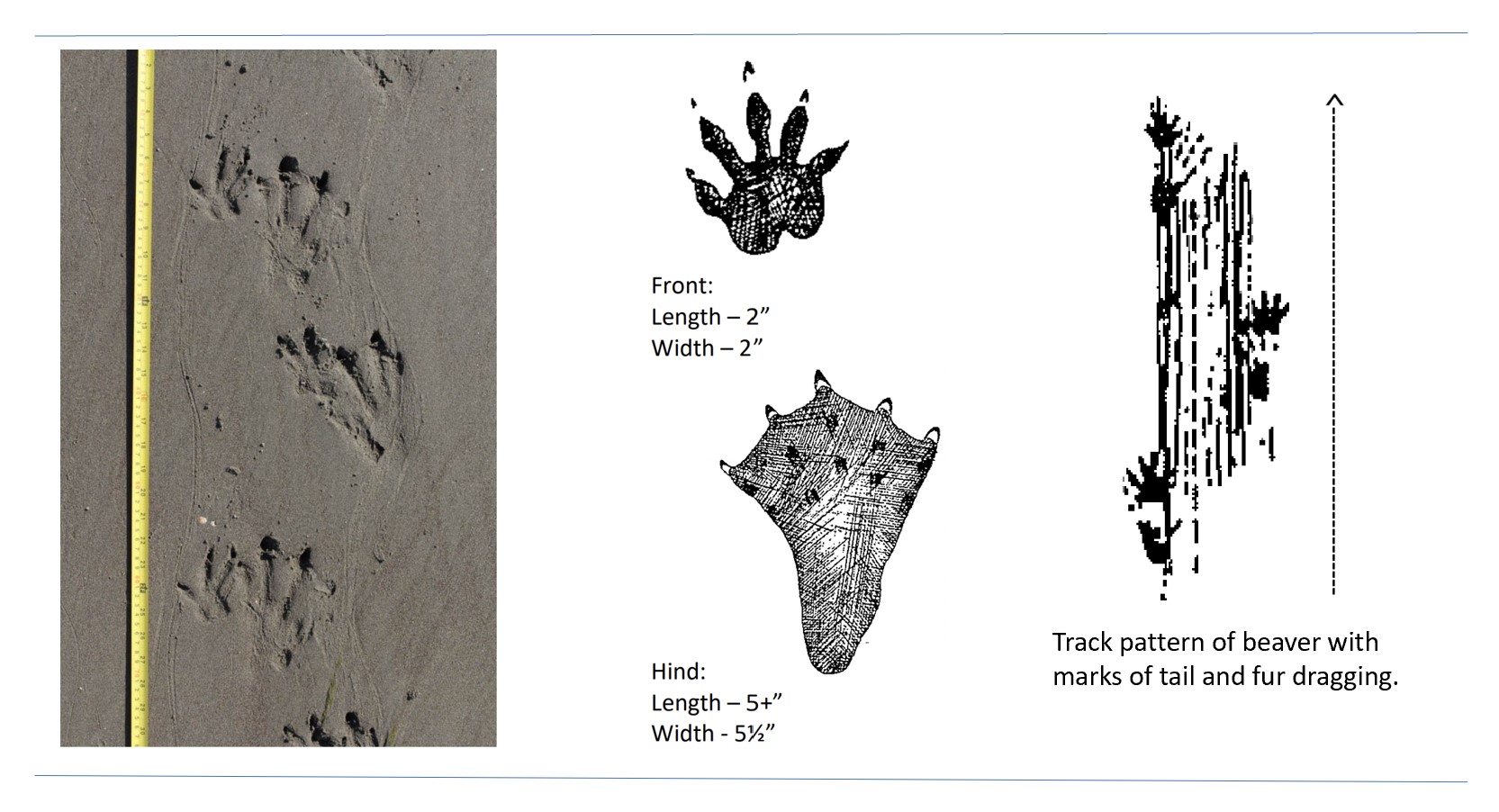
Photo: Terry Kem and Illustrations: Dan Goodman
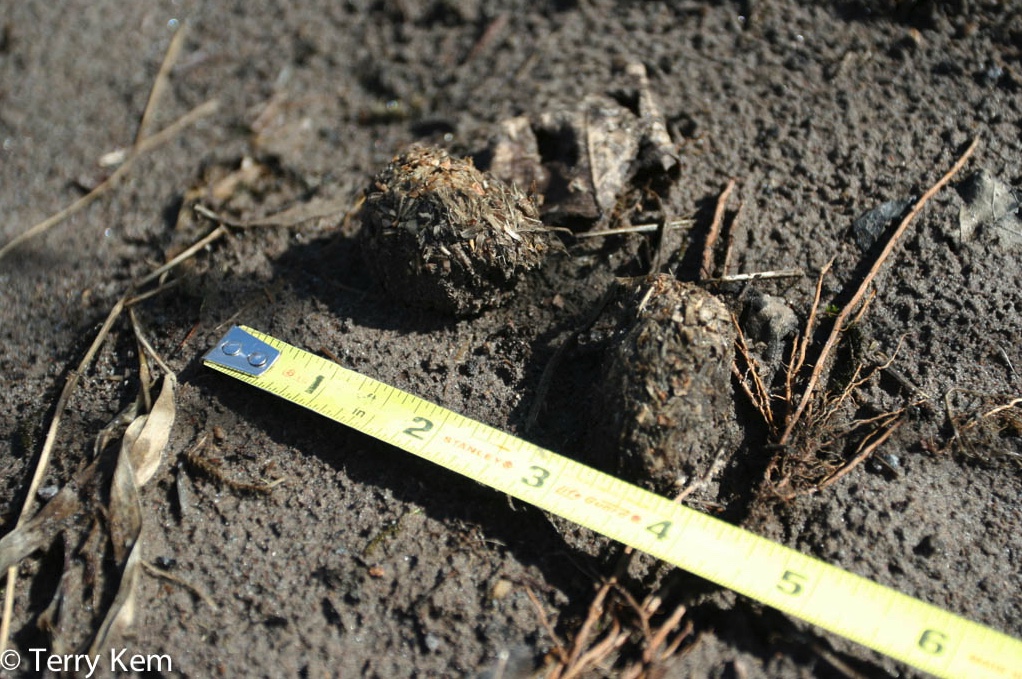
Photo: Terry Kem
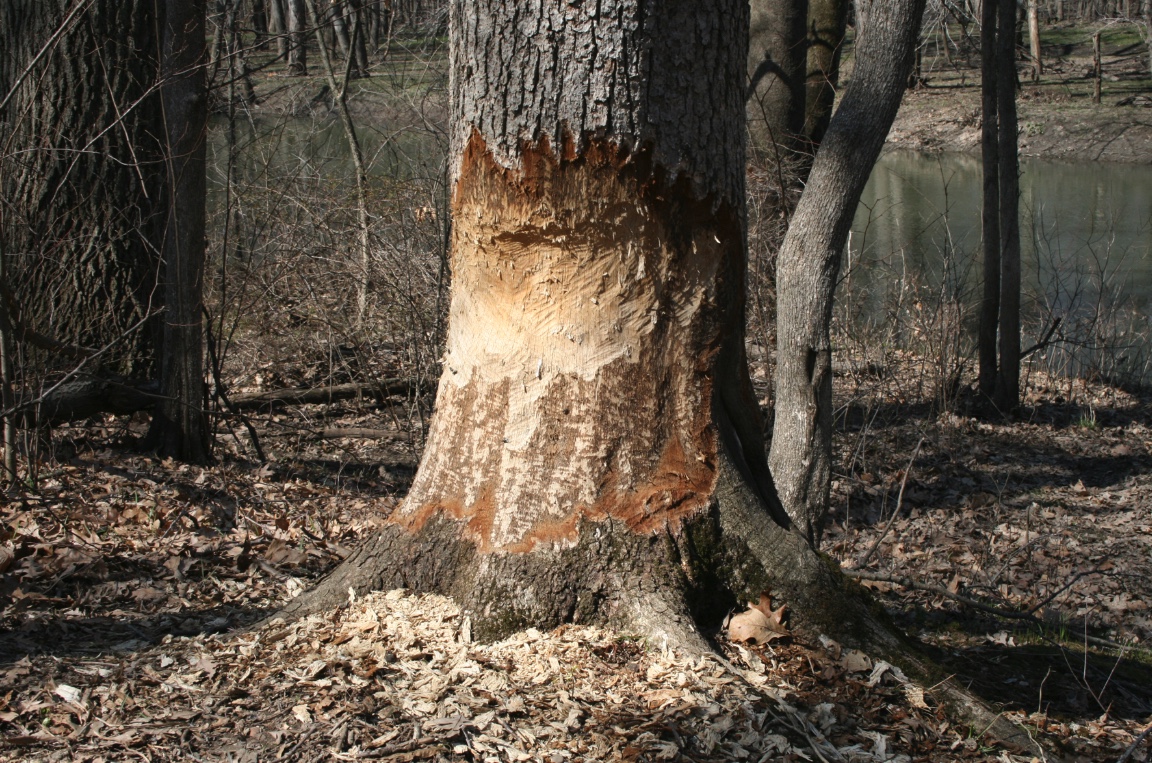
Photo: Laura Kammin
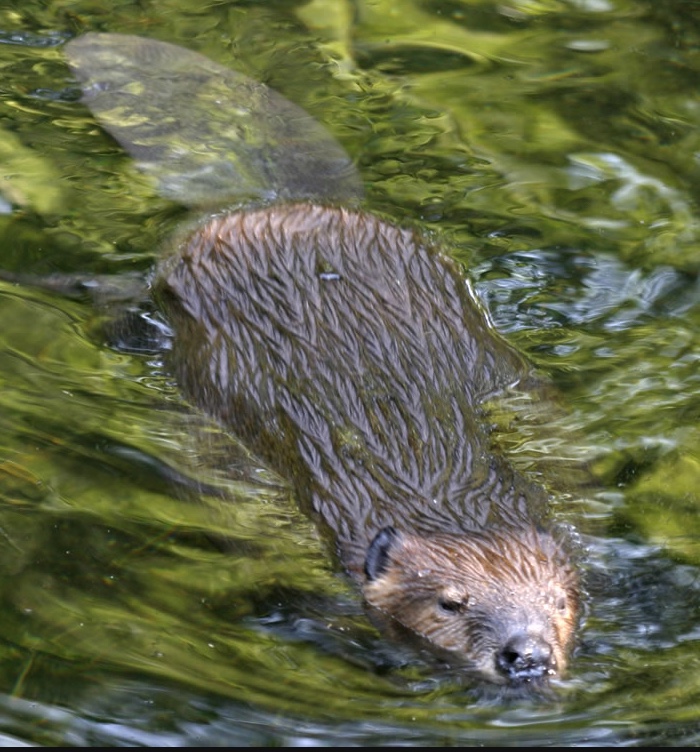
Photo: Washington Department of Fish and Wildlife
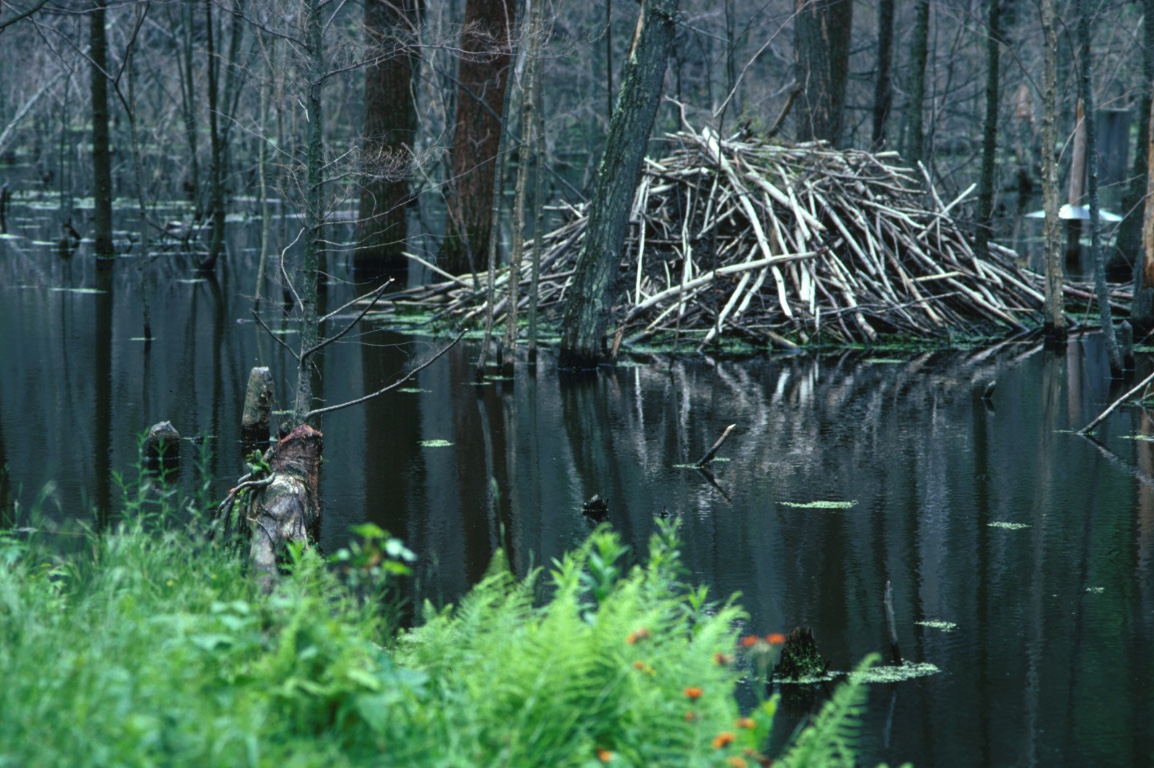
Photo: U.S. Fish & Wildlife Service
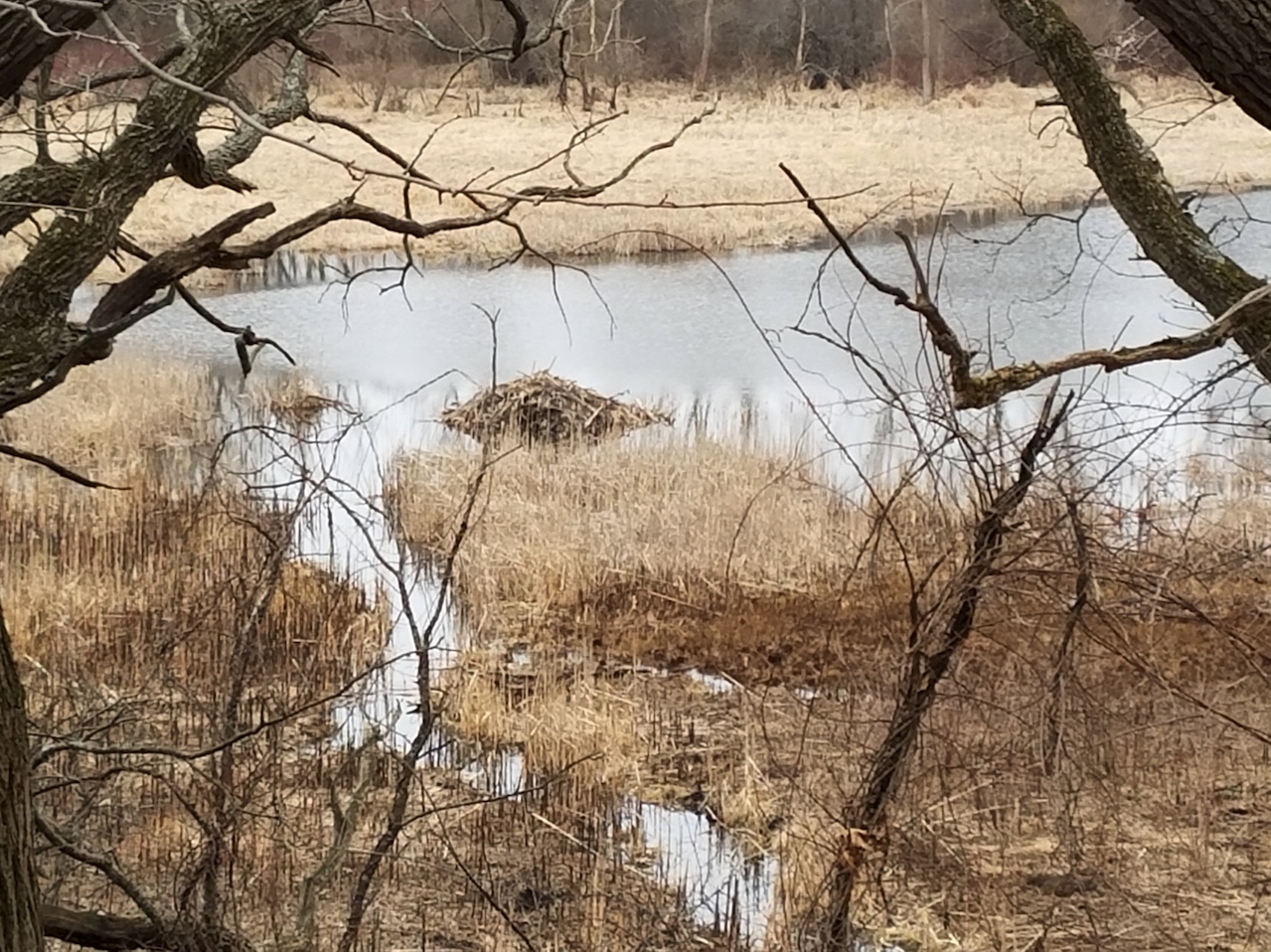
Photo: Jared Duquette
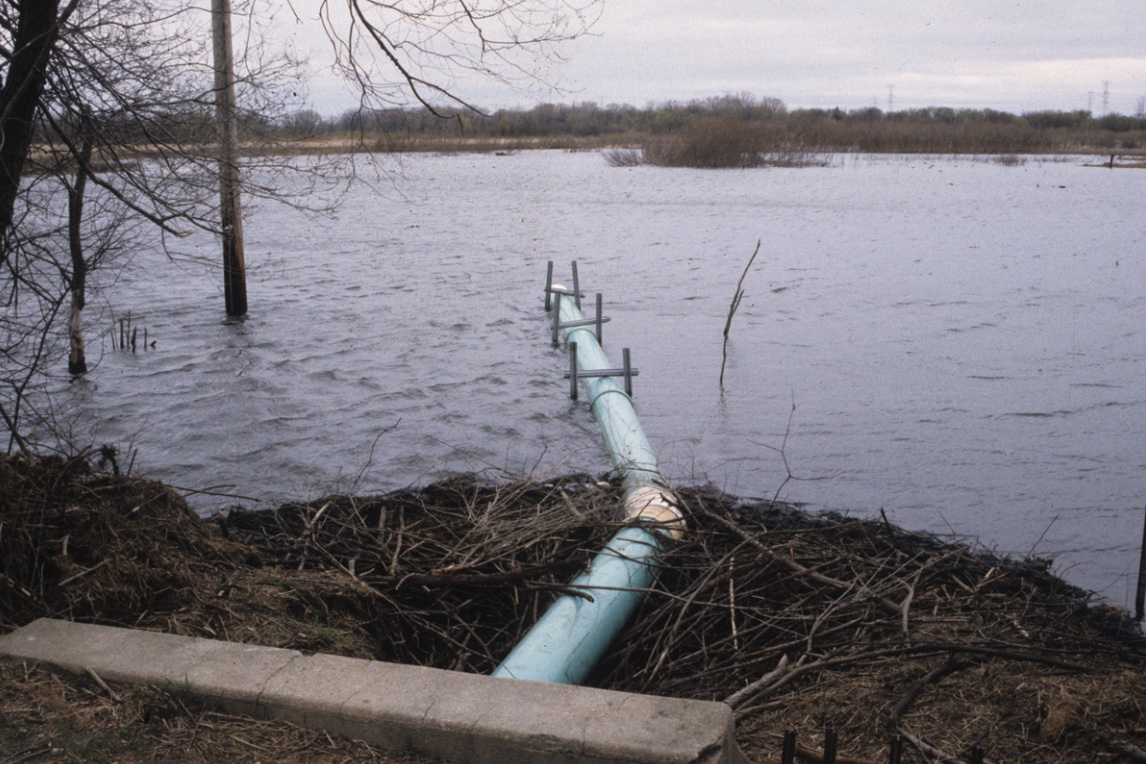
Photo: Willowbrook Wildlife Center
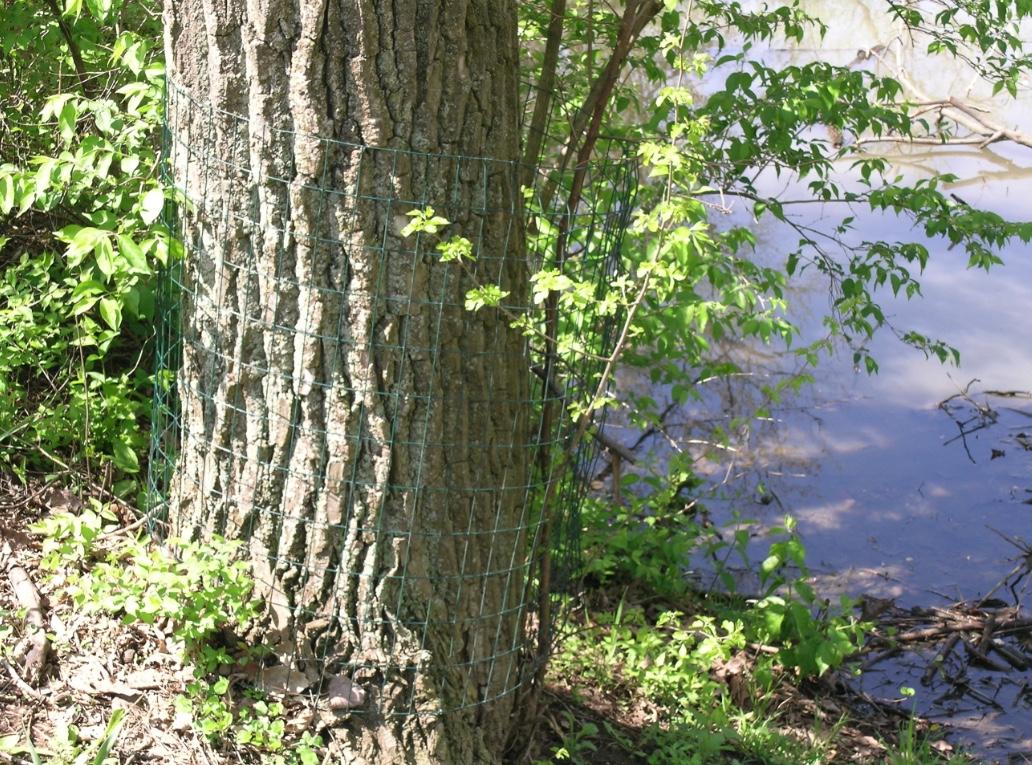
Photo: Dave Shiley, University of Illinois Extension
The Wildlife Illinois website was authorized by the Illinois Department of Natural Resources (IDNR) in partial fulfillment of project W-147-T. The website was developed by the National Great Rivers Research and Education Center, 2wav, and the IDNR in partnership with the United States Department of Agriculture Animal and Plant Health Inspection Service Wildlife Services and University of Illinois Extension to provide research-based information about how to coexist with Illinois wildlife.